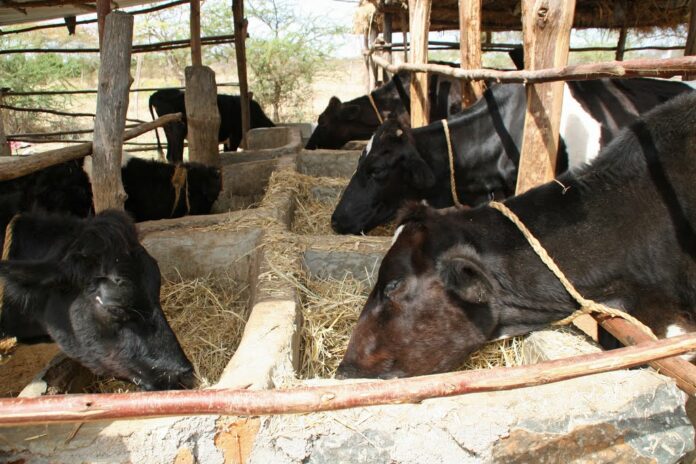A new research on zero grazing as a form of dairy production has found out that zero grazing is no longer viable or profitable.
The Tegemeo Institute of Research, an agriculture-focused think tank, says in its report that farmers practising zero grazing are making an average loss of Sh0.6 per litre.
According to the report, without accounting for the cost of own factors of production, farmers practising zero grazing are spending the highest to produce a litre of milk.
Additionally, the report further found out that open grazers are spending Sh10 to produce the same quantity of milk, making the system the cheapest of all three production methods.
Semi-zero grazers, who employ their own factors of production, made an average profit of Sh5.6 per litre, and open grazers made Sh7.9.
“This shows the importance of own factors of productions to smallholders,” he said.
The report notes that when other revenue sources on a farm, such as livestock sales and sale of manure, are accounted for, the net profits are positive for all production systems as it increases incomes.
Hired labour was the most important cost component for the other production systems, accounting for 31 per cent for semi-zero grazers and 37 per cent for open grazers.
“When all cost components are put into consideration (including own factors of production), family labour was the biggest component of cost across the three production systems,” says the report.
According to the study, productivity and price changes have a higher effect on returns compared with cost reduction. For instance, among farmers practising zero grazing, a 20 per cent increase in productivity would increase gross margins by 67 per cent.
On the other hand, a 10 per cent increase in milk producer prices would increase gross margins by 34 per cent, while a 10 per cent reduction in cost of feeds would increase gross margins by seven per cent.








